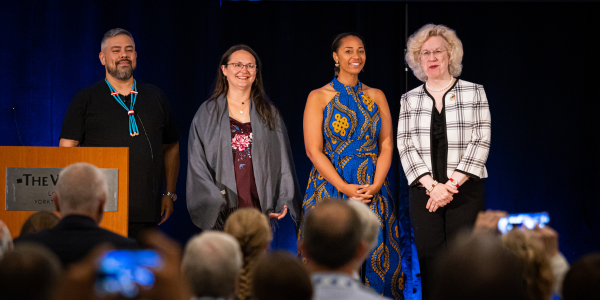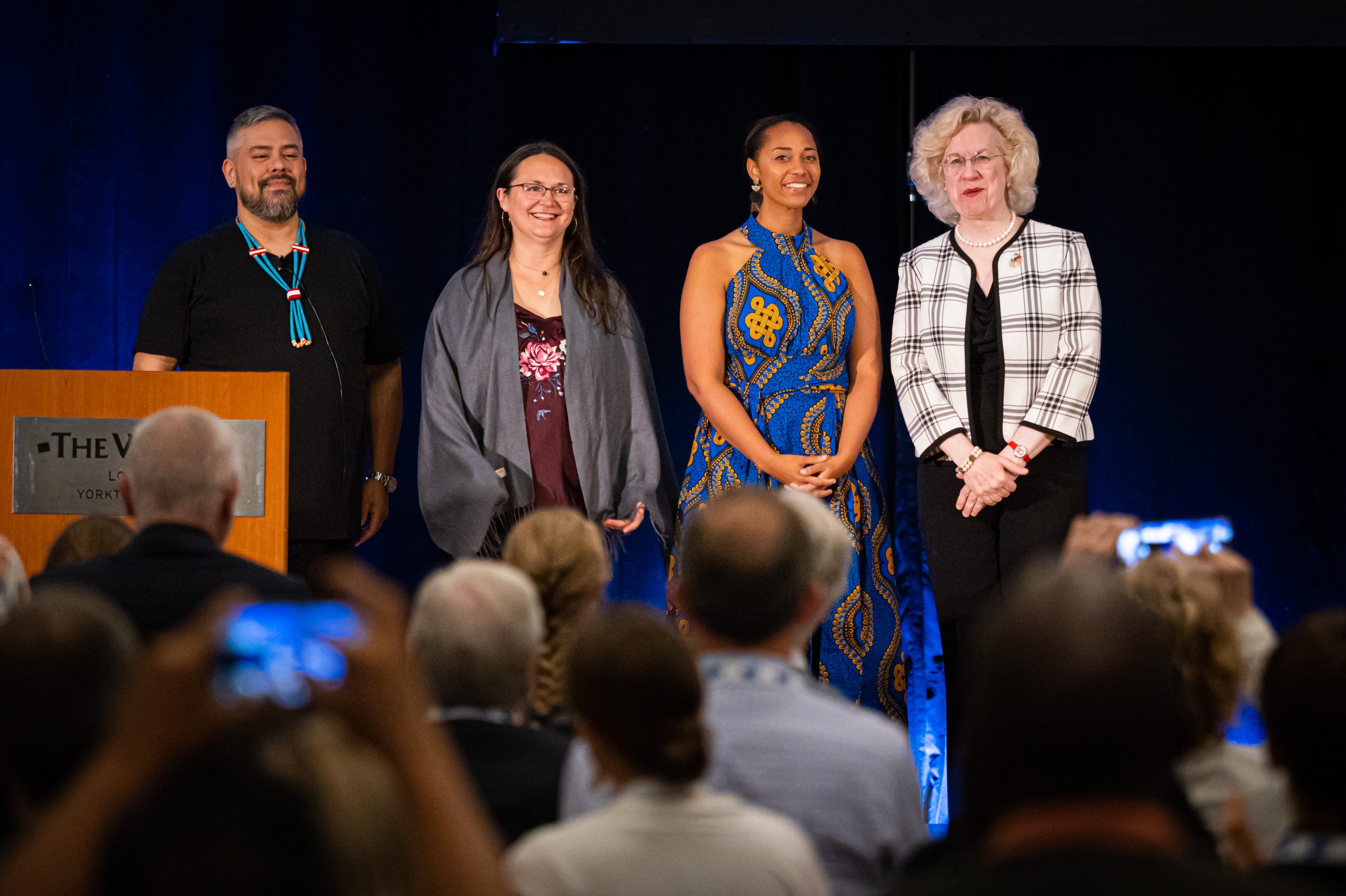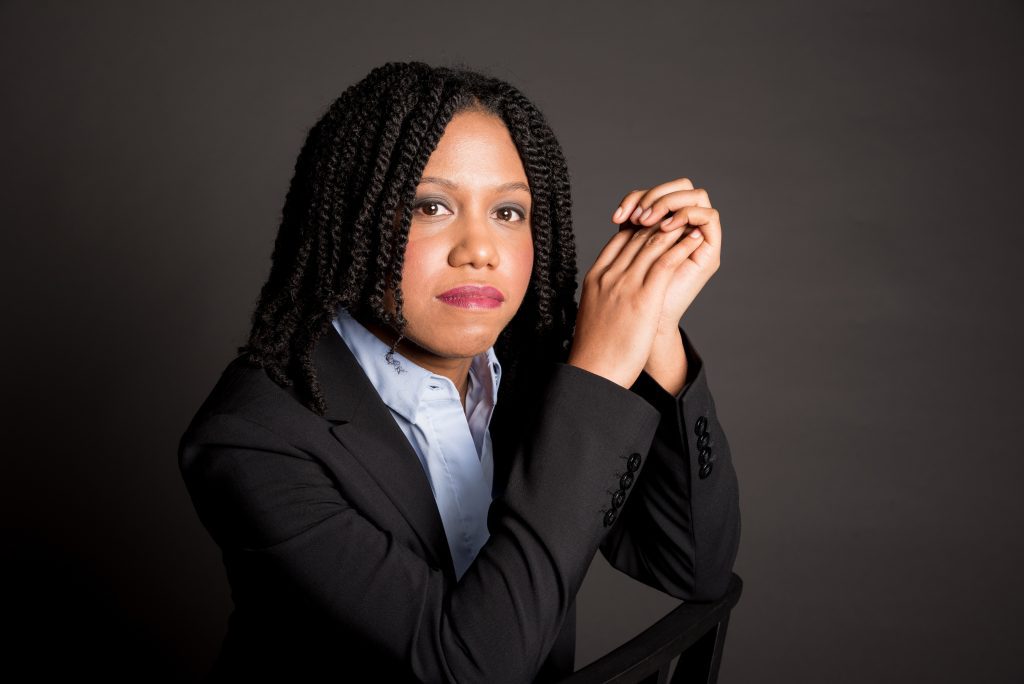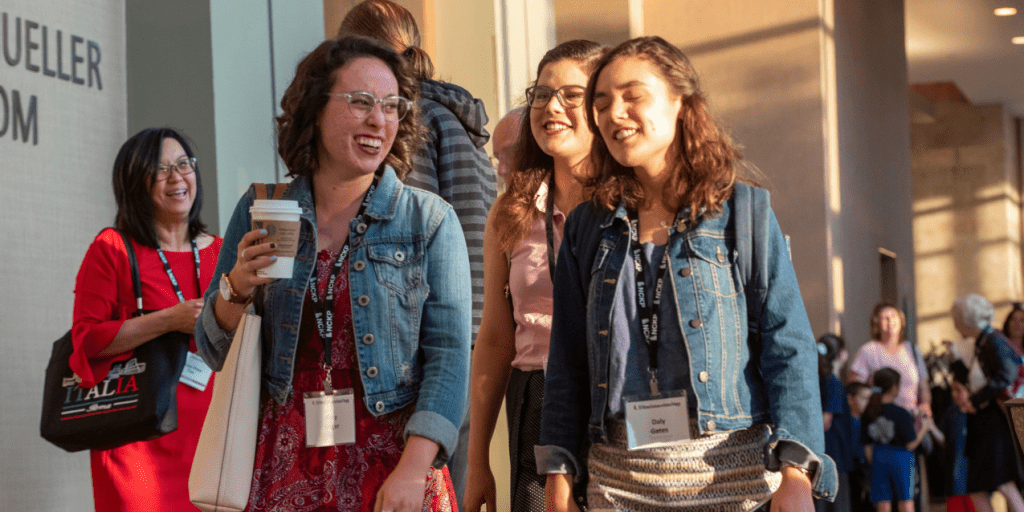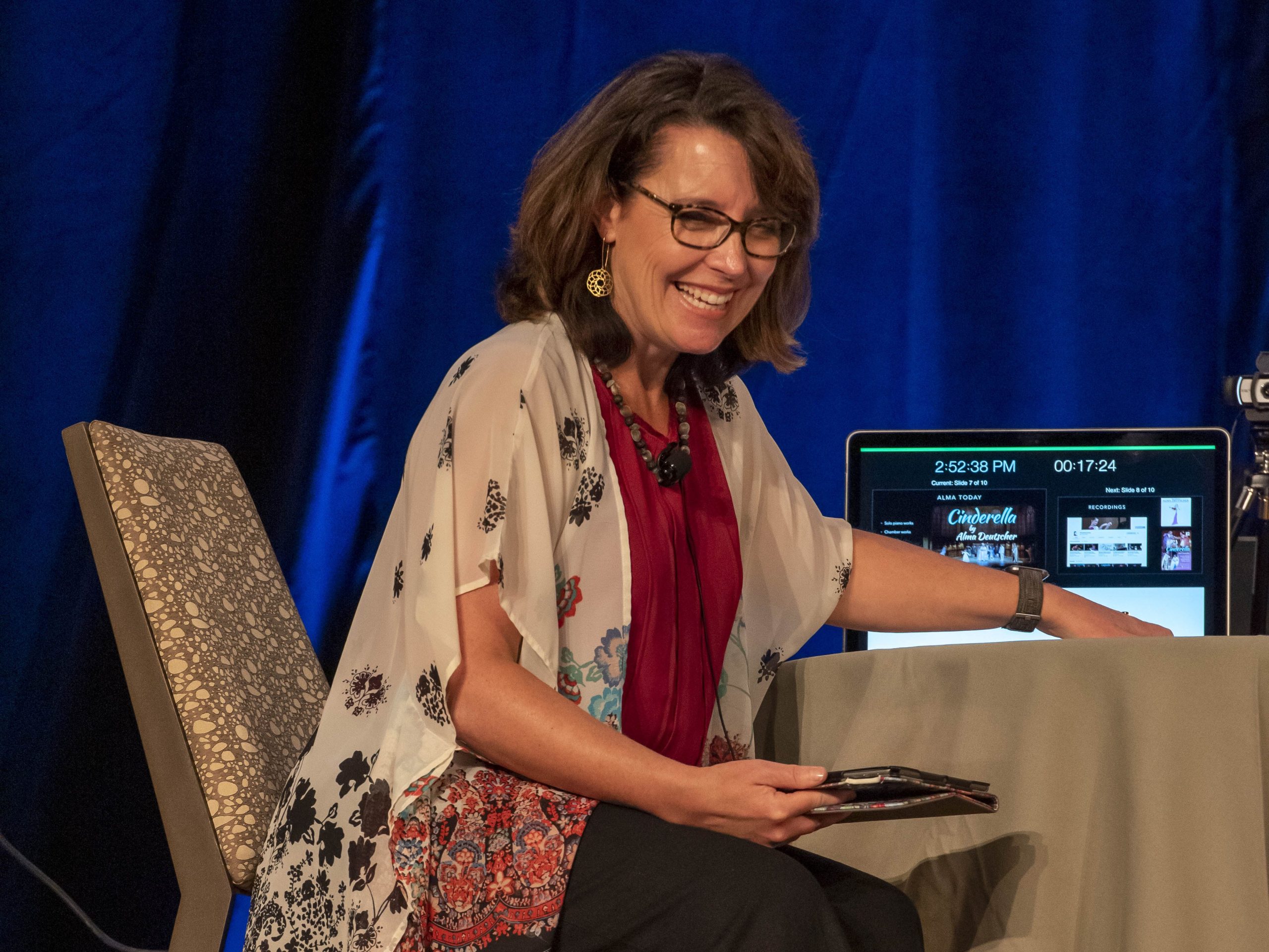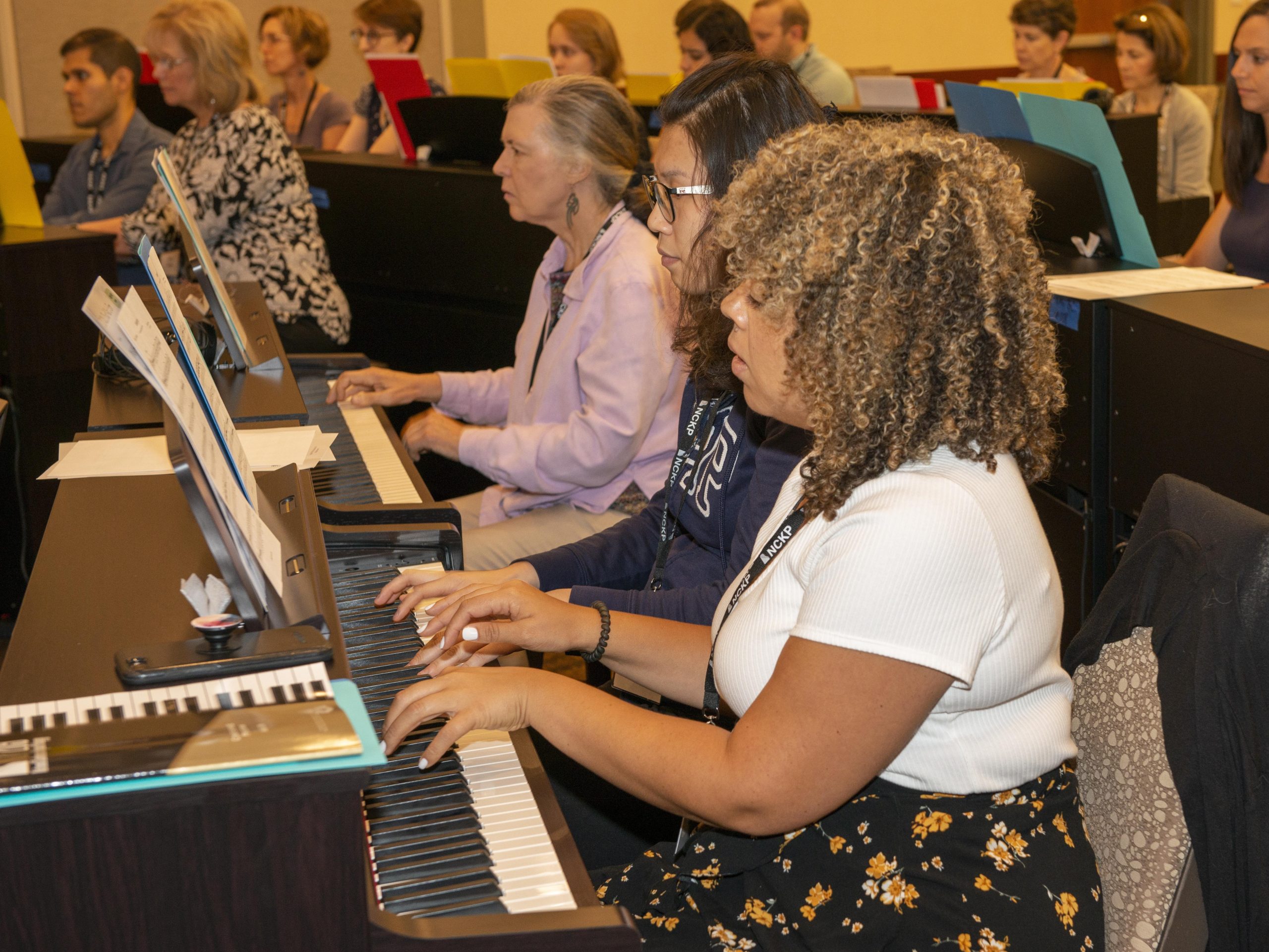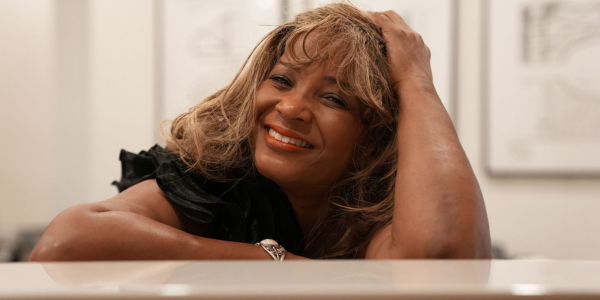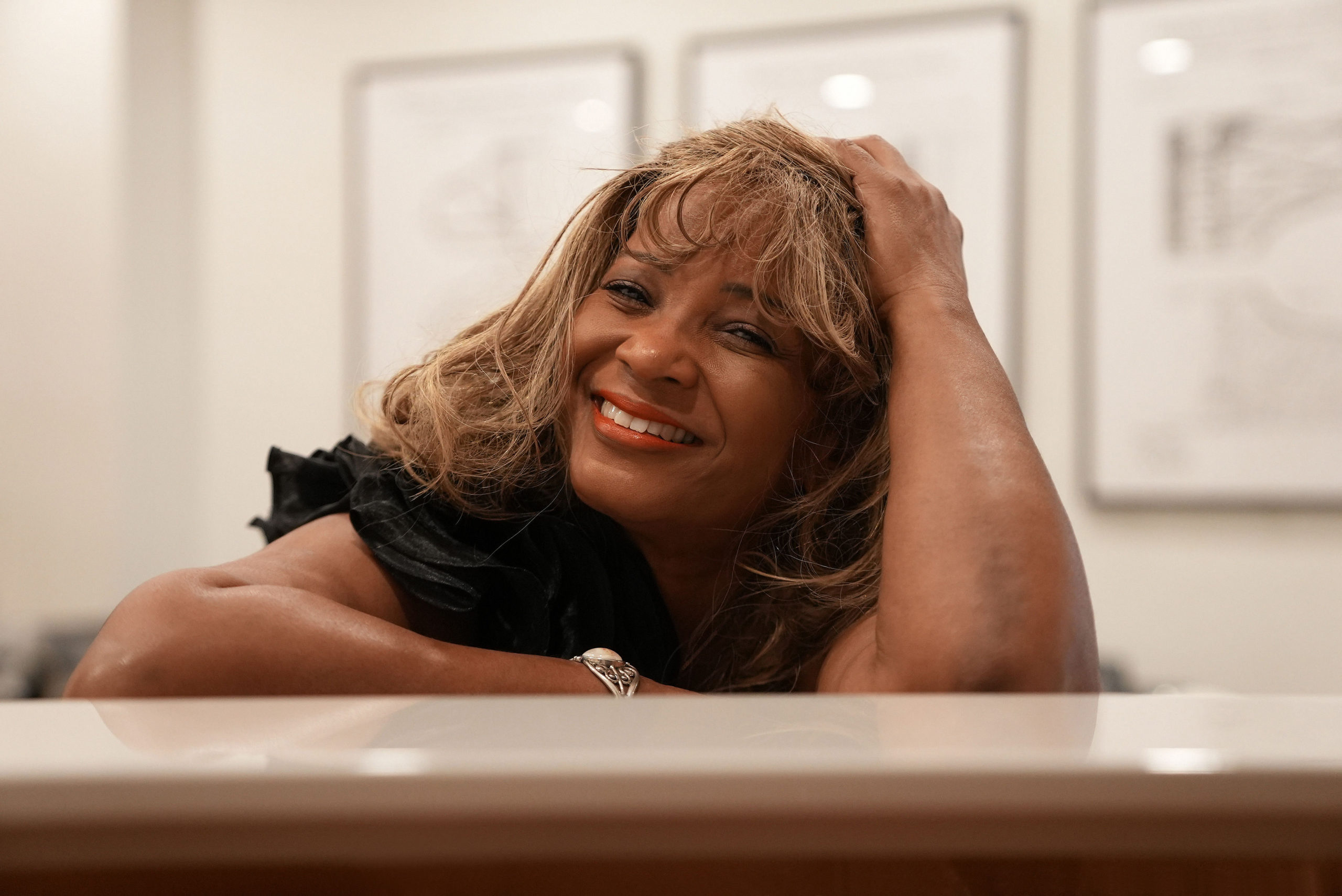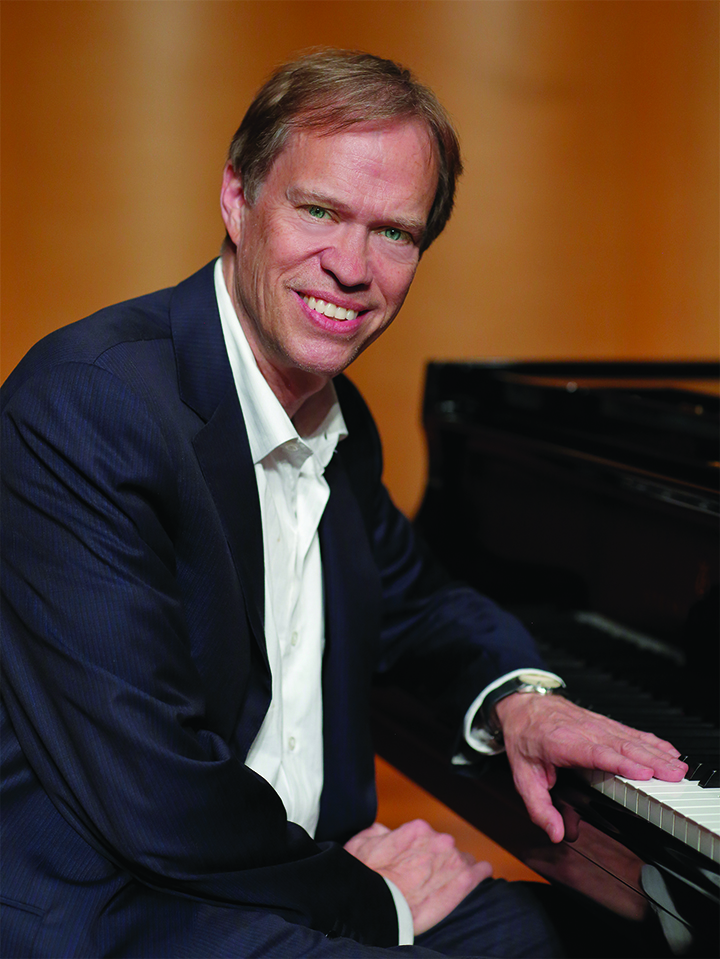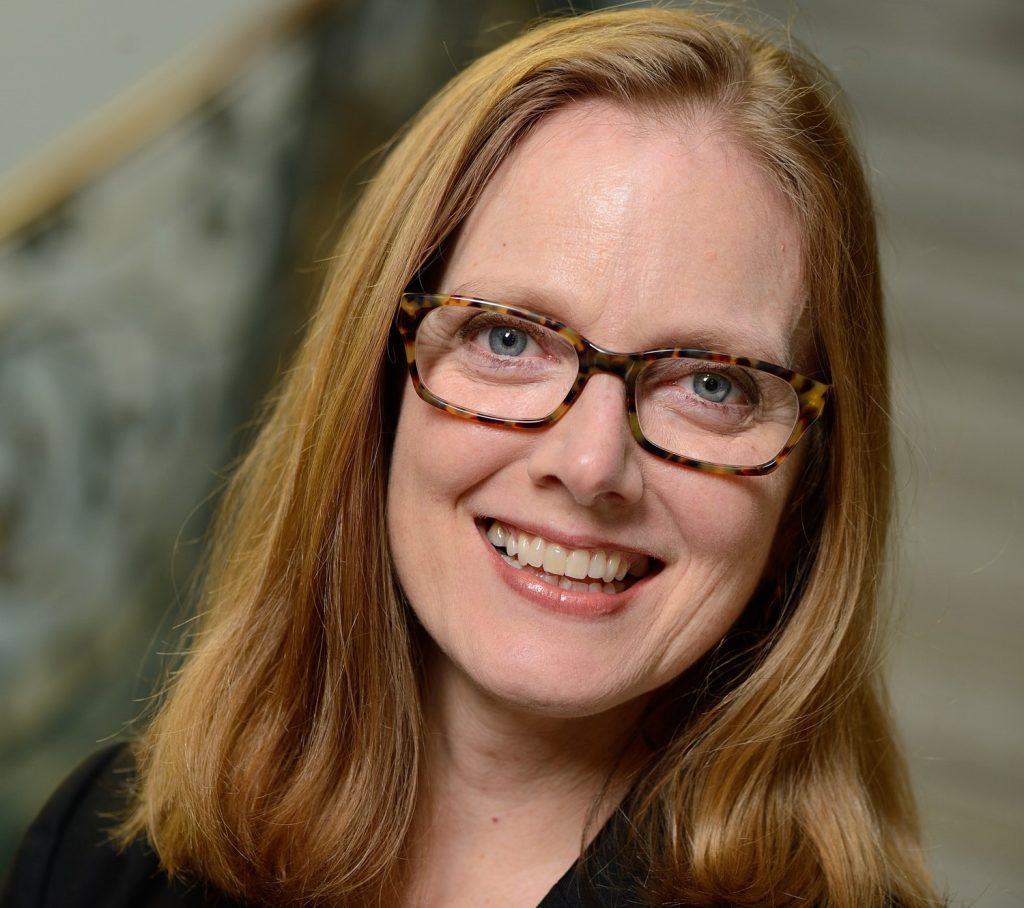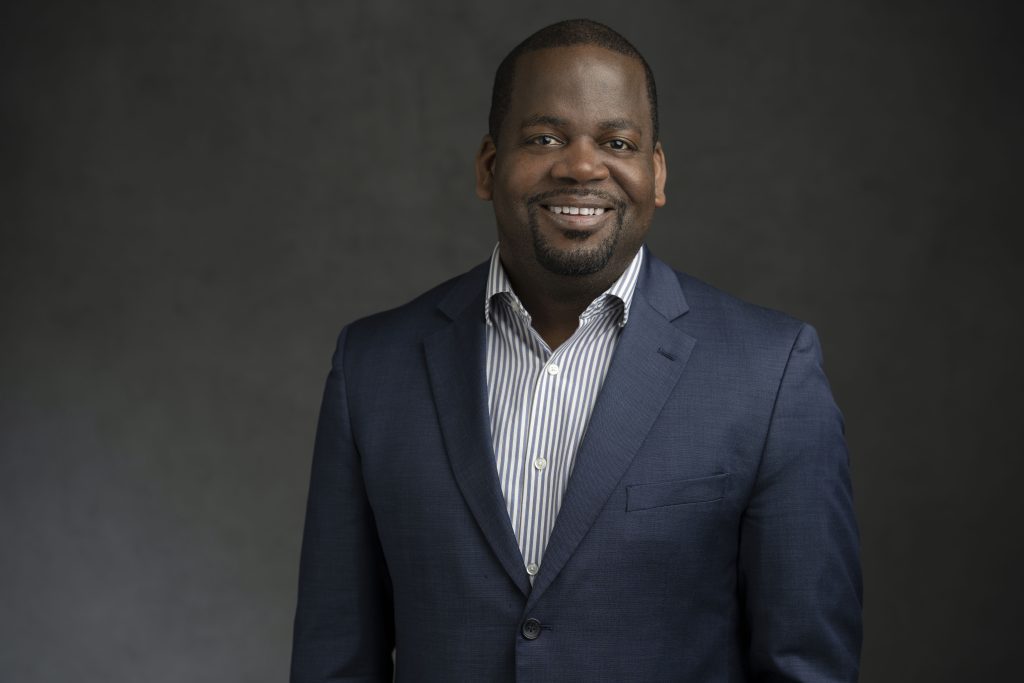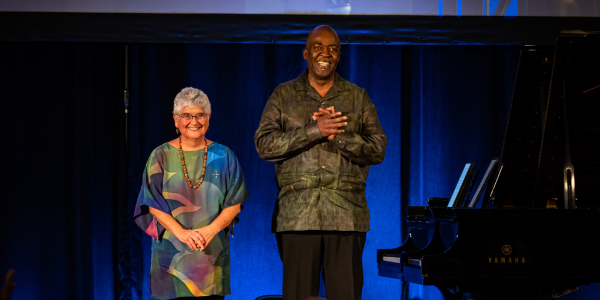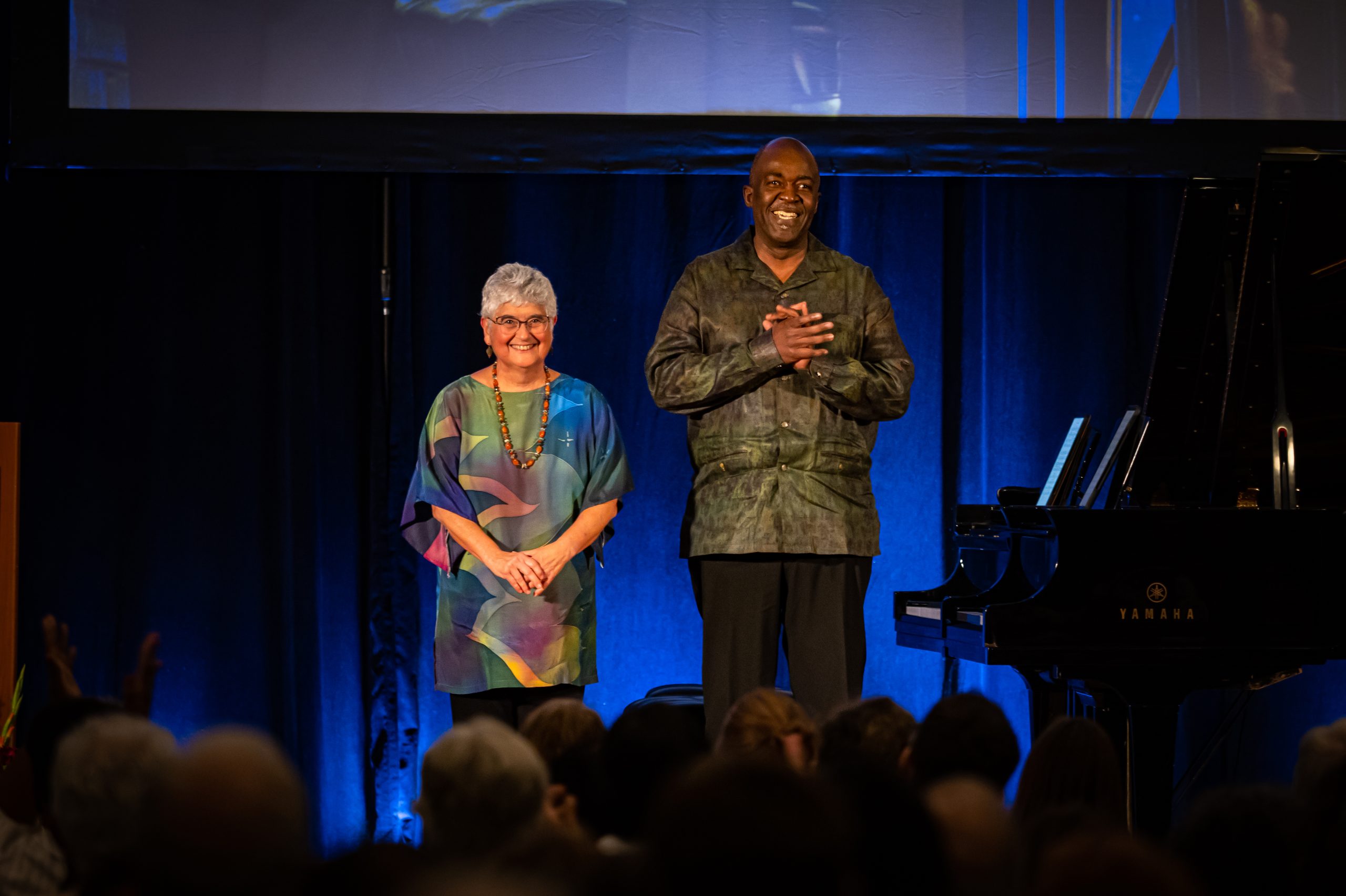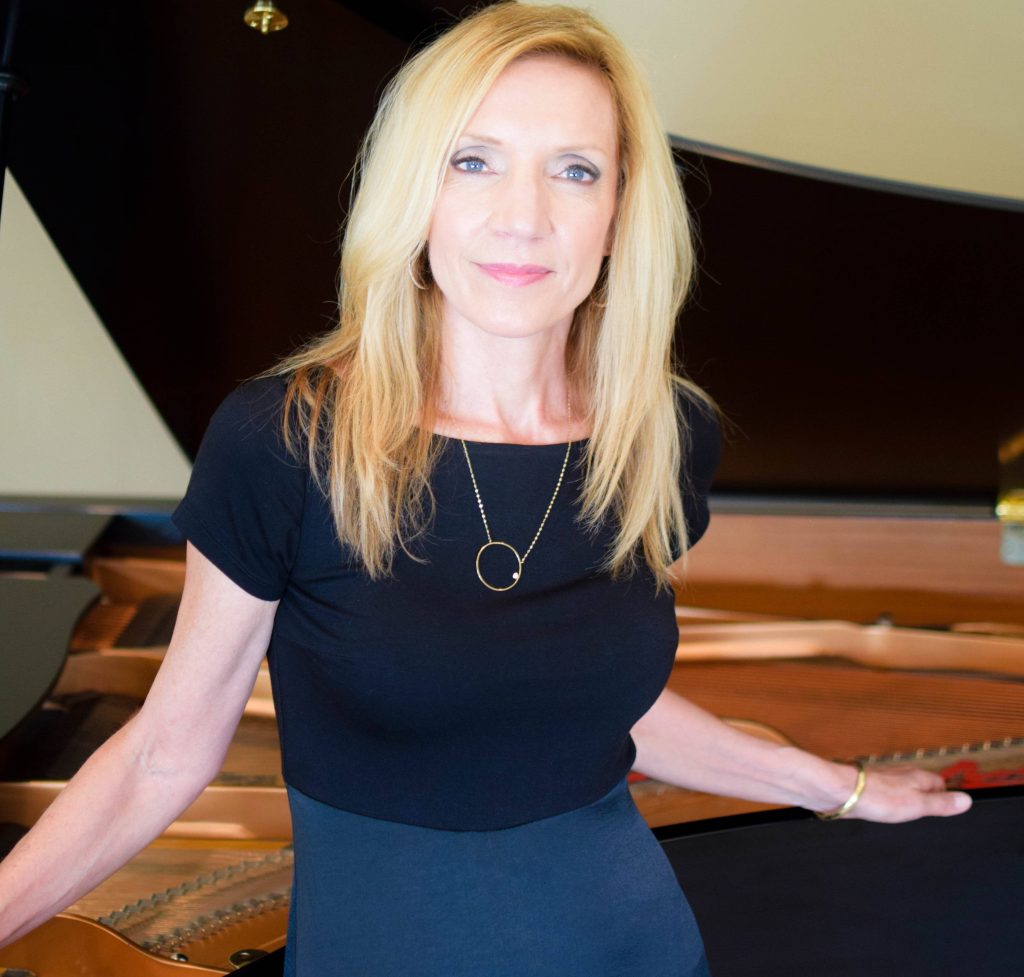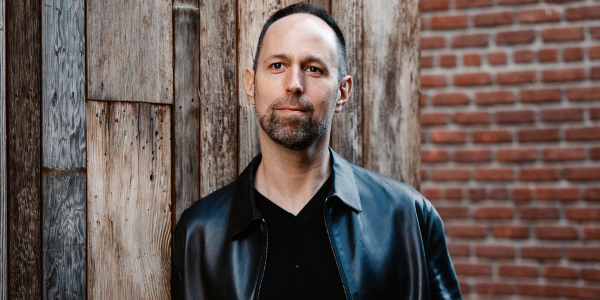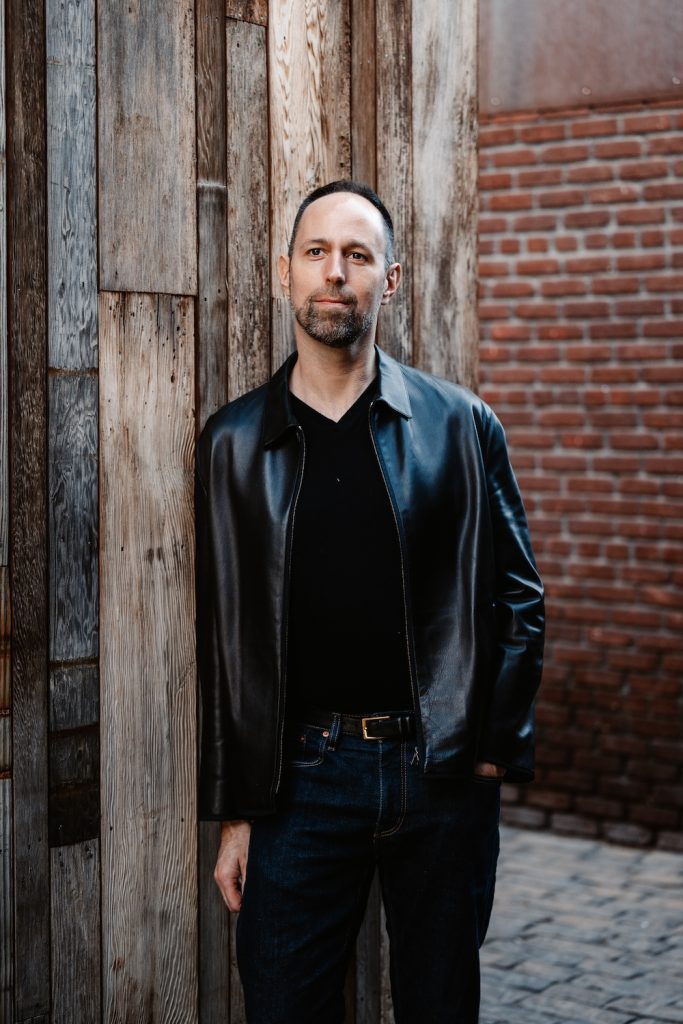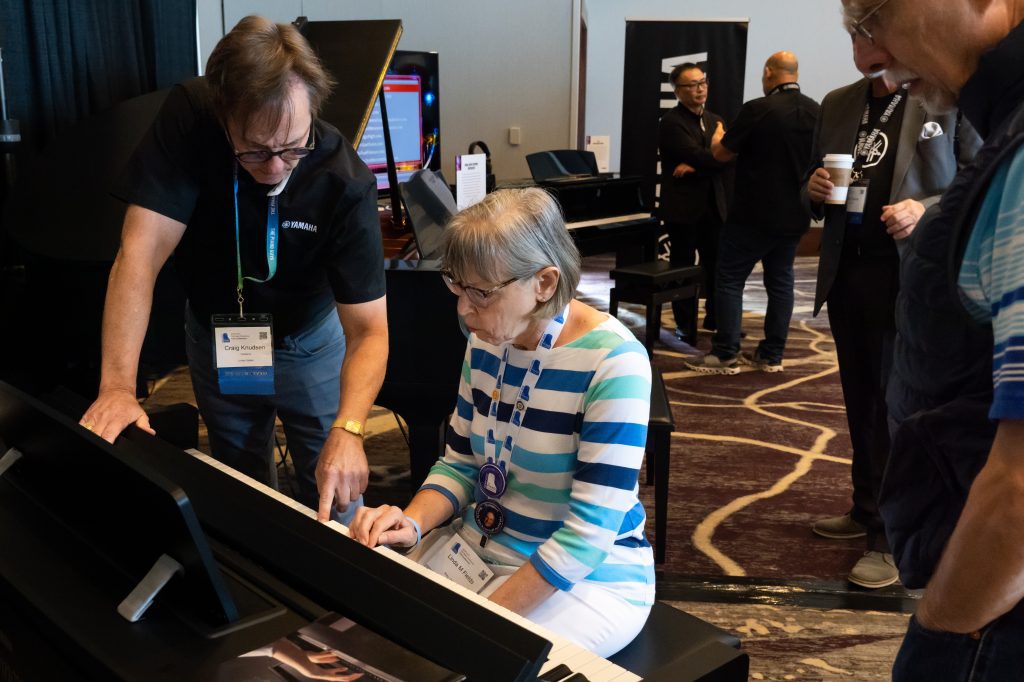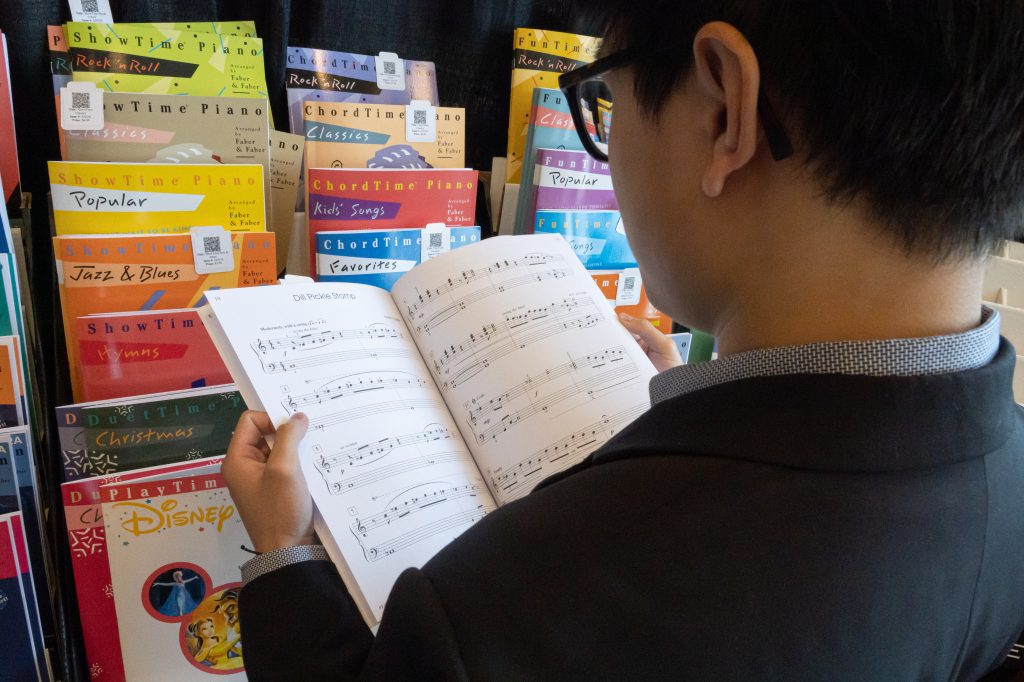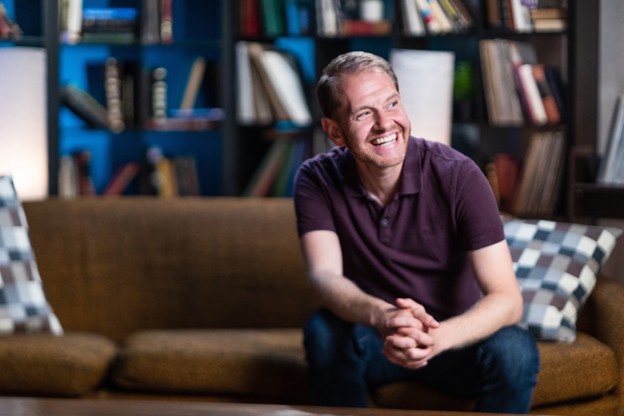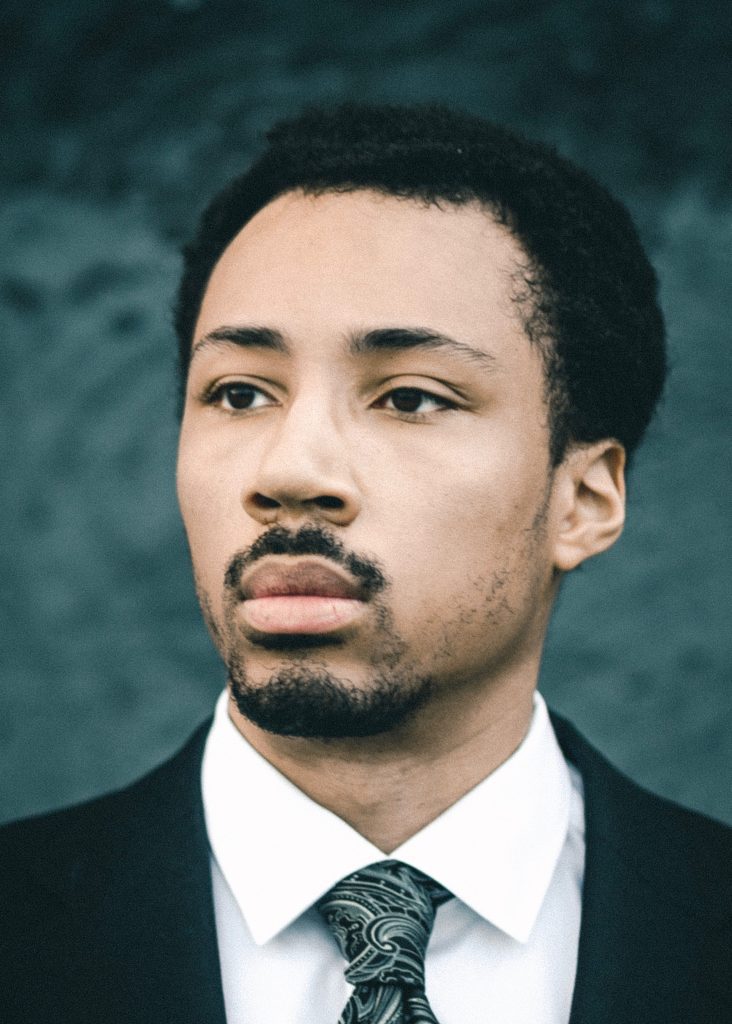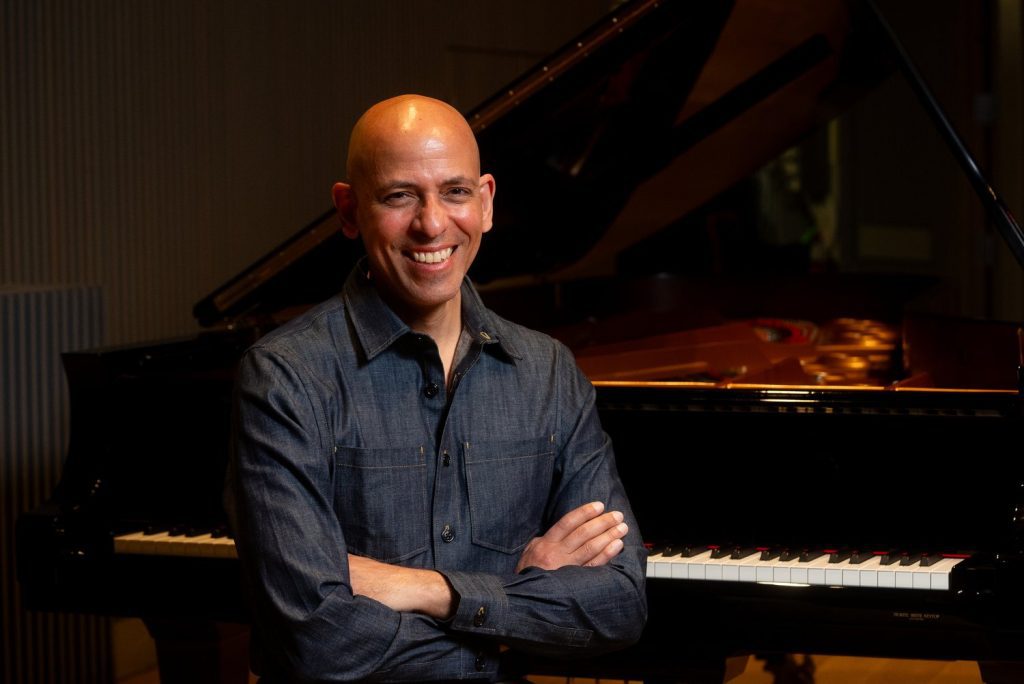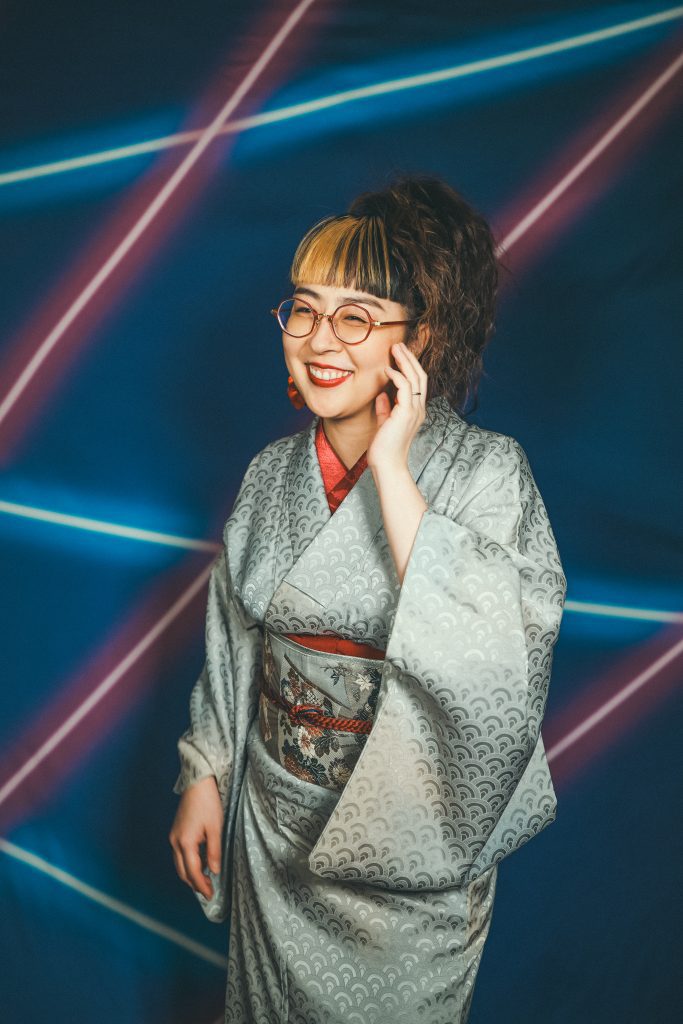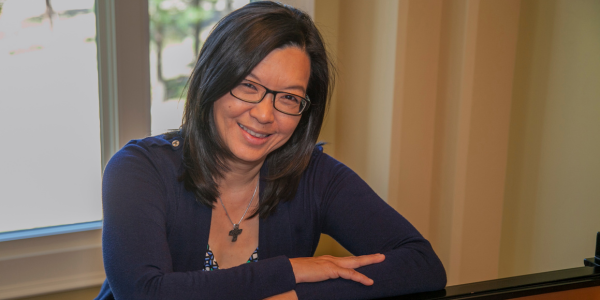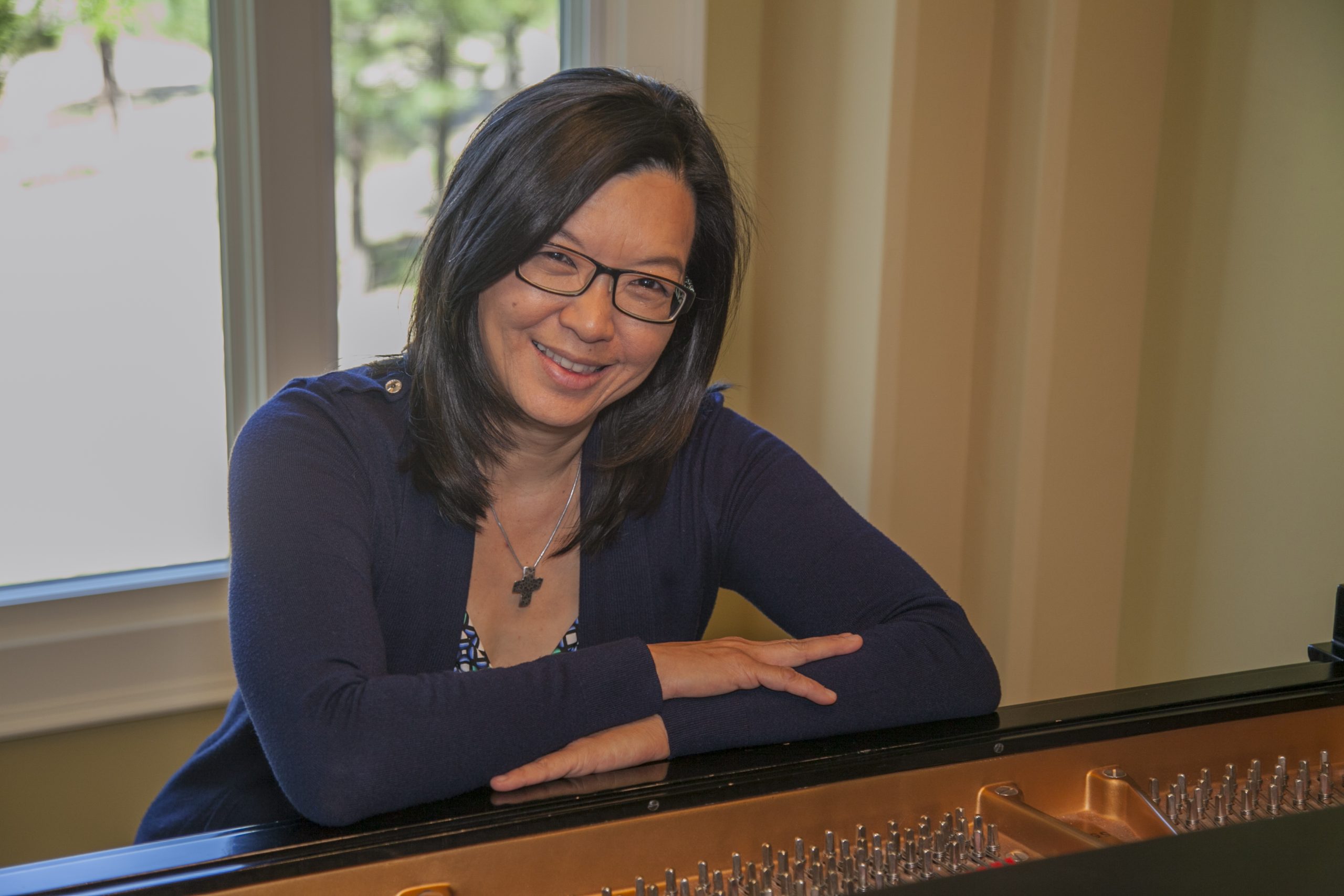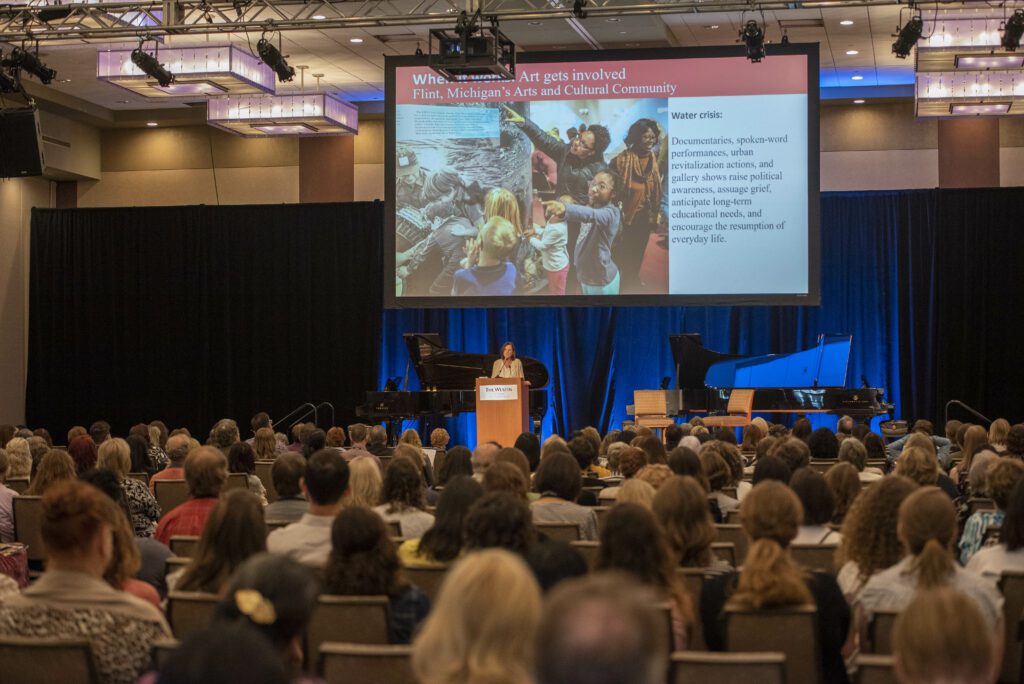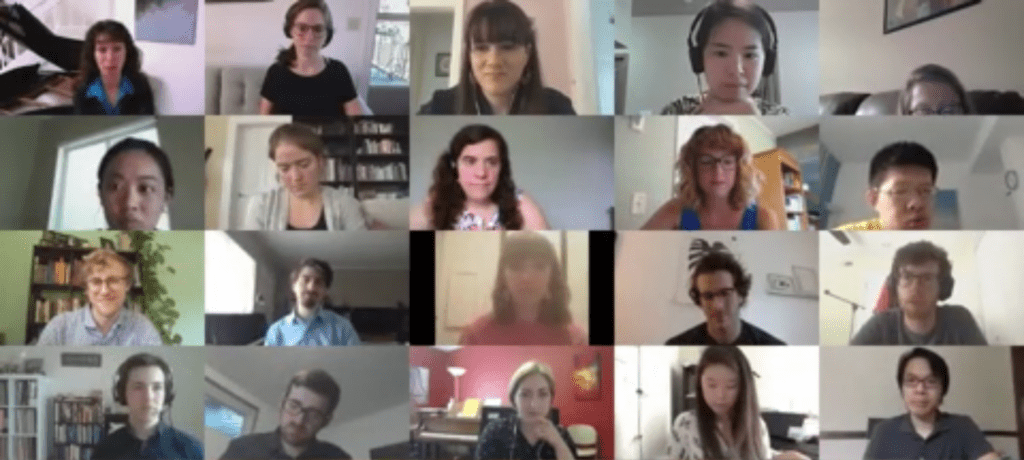PEDx speakers and panelists at The Piano Conference: NCKP 2025 will discuss visions for jazz piano pedagogy, A.I. in music, Indigenous composers, and piano suites. Don’t miss these inspiring sessions! Haven’t registered for The Piano Conference: NCKP 2025 yet? Register here.
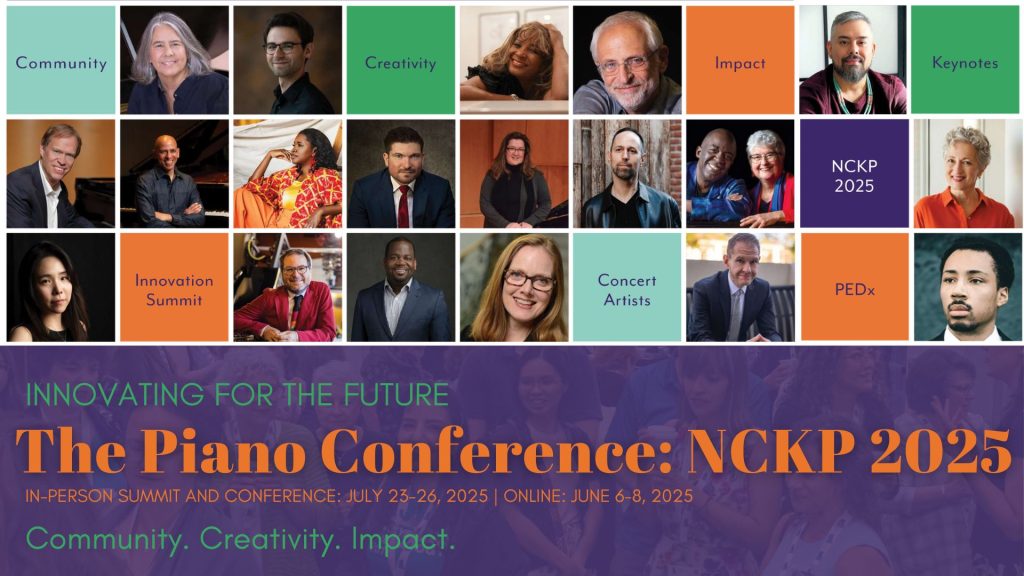
Friday, July 25, 2:00-4:00 PM CDT
Harmony in Contrast: Four Jazz Pianists Discuss Their Visions for Piano Pedagogy – Jeremy Ajani Jordan, Edward Simon, and Miki Yamanaka, with Jeremy Siskind, host
Jazz and classical piano used to be worlds apart—but traditional boundaries are fading fast. As new generations of pianists fuse styles and blend genres, it is more crucial than ever that piano teachers have a basic understanding of jazz tradition and pedagogy. This panel of four accomplished jazz pianists will share their piano education journeys, discuss what they wished piano teachers understood about their vocation, and map an inclusive vision for the future of piano education.
Celebrating the Human Element: What Piano Study Can Offer in a World of A.I – William Westney
Artificial Intelligence permeates our daily lives more and more, and uneasy questions about AI find their way into many of our thoughts and conversations. One persistent concern is, “If AI can carry out complex tasks so effortlessly and instantly, and even create impressive works of art, what’s left that’s uniquely and essentially human?” For us, as piano teachers, this question hits home. Perhaps we have a new role to play today. This is a time for a fresh appreciation of, and dedication to, the precious “human element” (e.g., physical enjoyment, spontaneity, the felt connection with others through music) at the piano.
Stands with Eagles – Roberta Rust
Celebrating Louis W. Ballard (Quapaw/Cherokee), the first and foremost indigenous North American composer of art music, Rust plays his Four American Indian Preludes (1963) and discusses the use of honor beats (considered gifts from the Great Spirit), powwow song shape, and imitation of tribal instruments. Rust and Ballard met in the 1980s when she premiered two of his Concert Fantasies at Carnegie Recital Hall. His Quapaw name, “Honganozhe,” means “Stands with Eagles,” and as an educator, Dr. Ballard was music program director for the Bureau of Indian Affairs, earning a citation in the Congressional Record.
Bach to Black: The Journey of Exploring Piano Suites – Rochelle Sennet
Serving as an objective of continued conversation regarding inclusion and equity in classical music, “Bach to Black: Suites for Piano” represents Dr. Rochelle Sennet’s exploration of repertoire by Black composers in combination with works of Johann Sebastian Bach. Sharing her story of performing and recording the complete keyboard suites of J. S. Bach as well as nineteen suites and multi-movement works by seventeen Black composers, the aim of this PEDx talk is to share personal insights as well as provide recommendations on programming through storytelling, audience engagement, and fostering community in classical music.
MORE ON THE PIANO CONFERENCE: NCKP
- THE PIANO CONFERENCE: NCKP 2025
- WEBINAR: NCKP 2023 Committee Webinar: Facing the Future with Jason Sifford
- PIANO MAGAZINE: Some reflections on the 2005 National Conference on Keyboard Pedagogy (NCKP) by Elvina Truman Pearce
- WEBINAR: NCKP 2023 Committee Webinar: How to Practice Jazz and Improvisation with Jeremy Siskind
- WEBINAR: Teaching Demonstration (NCKP Rebroadcast) with Marvin Blickenstaff
- DISCOVERY PAGE: The Benefits of NCKP: The Piano Conference and Why You Should Attend by Marvin Blickenstaff
- DISCOVERY PAGE: What to Expect at The Piano Conference: NCKP 2025: From the Inclusive Teaching Track and Keyboard Lab Presentations by Derek Kealii Polischuk and Sara Ernst
- DISCOVERY PAGE: What to Expect at The Piano Conference: NCKP 2025: From the Technology and New Professionals Tracks by Stella Sick and Allison Shinnick Keep
- DISCOVERY PAGE: What to Expect at The Piano Conference: NCKP 2025: From the International Track by Luis Sanchez
- DISCOVERY PAGE: What to Expect at The Piano Conference: NCKP 2025: From the Collaborative Performance and Research Committee Chairs by Sara Ernst, Alexandra Nguyen, and Alejandro Cremaschi
- DISCOVERY PAGE: What to Expect at The Piano Conference: NCKP 2025: From the Performance Practice, Teaching Adults, and Business & Entrepreneurship Committee Chairs by Sara Ernst, Andrew Cooperstock, Jackie Edwards-Henry, and Andy Villemez
- DISCOVERY PAGE: What to Expect at The Piano Conference: NCKP 2025: From the Creative Music Making, Independent Studio Teachers, and Young Musicians Committee Chairs by Sara Ernst, Jason Sifford, Janet Tschida, and Jeremy Siskind
- DISCOVERY PAGE: What’s New at The Piano Conference: NCKP 2025 by Sara Ernst, Michaela Boros, and Megan Hall

